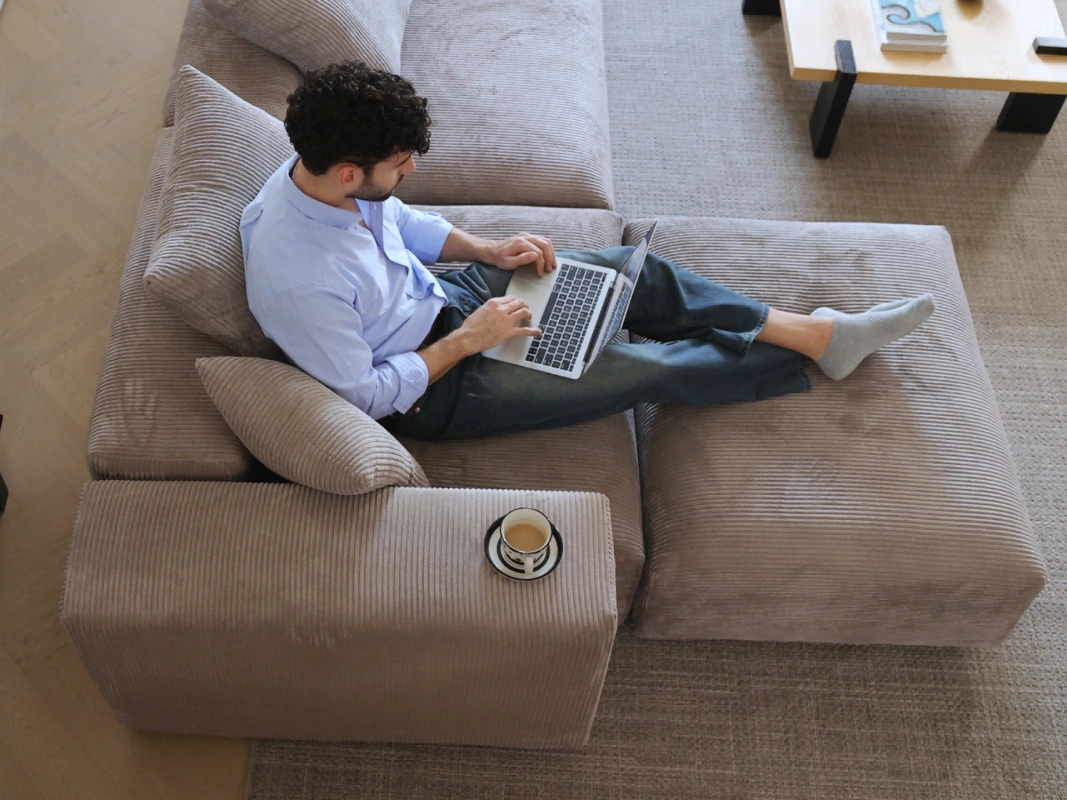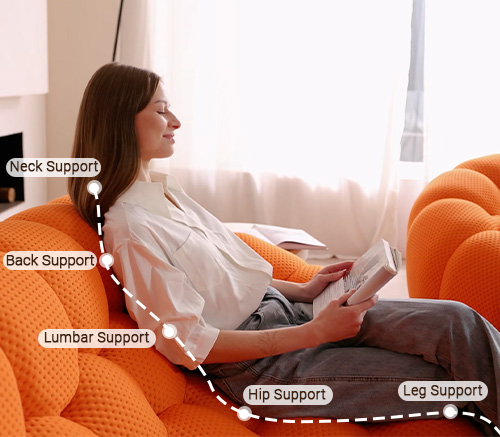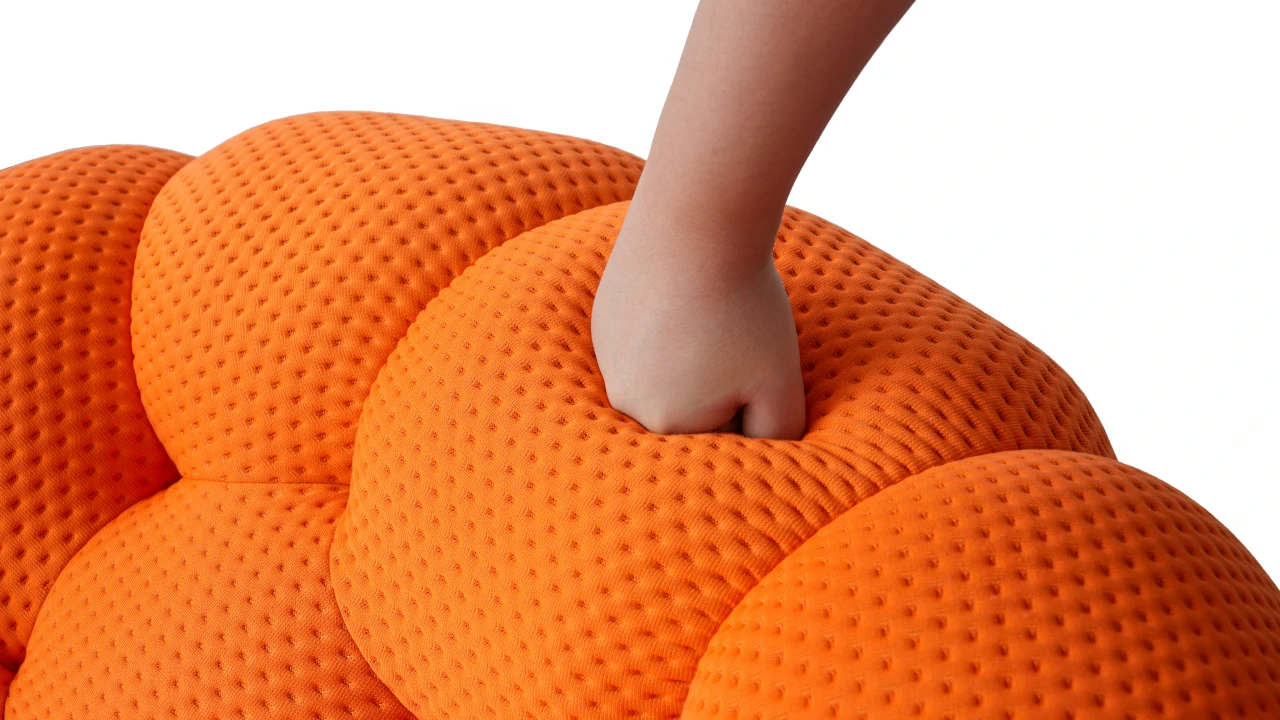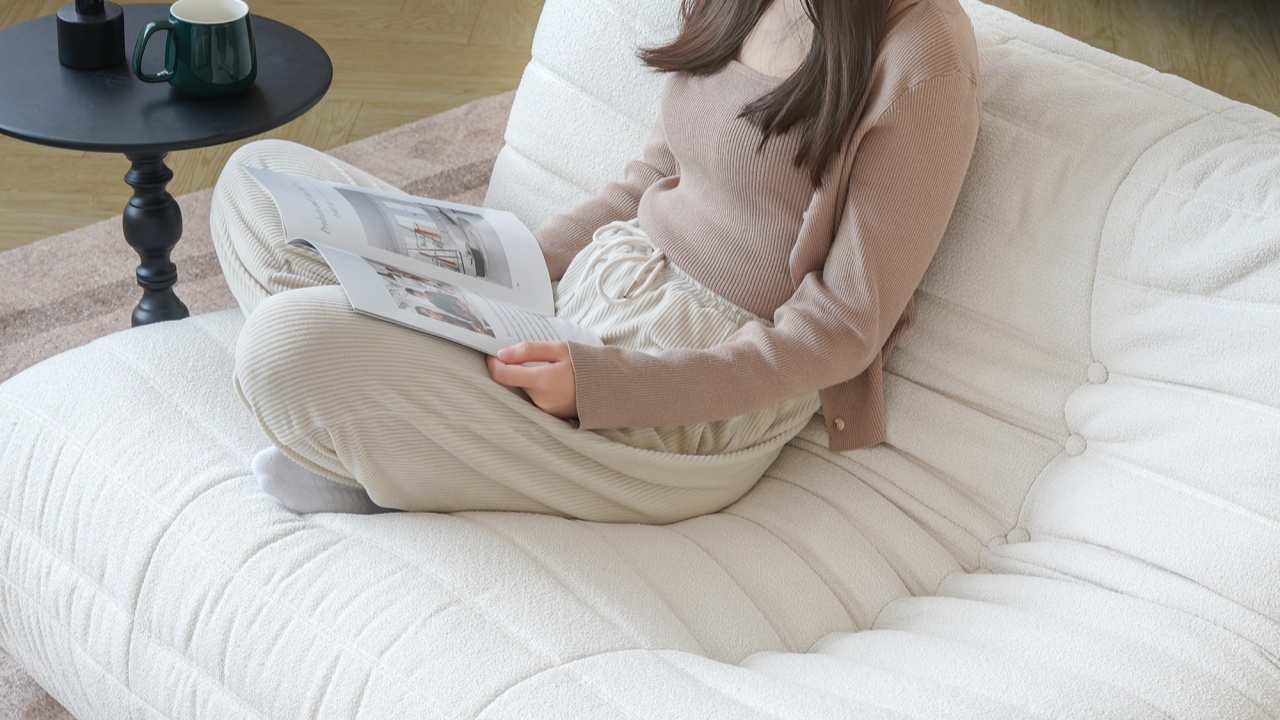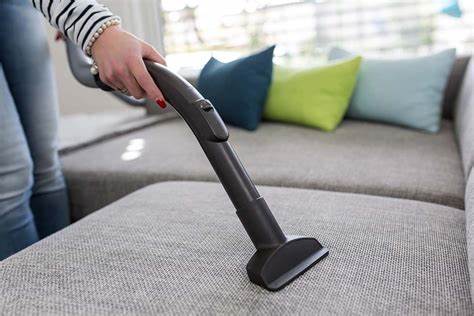Introduction: Prostate Health Is No Longer a Private Matter
When news broke that President Joe Biden had been treated for prostate cancer, it reminded the world that this health issue affects millions of men—no matter their status. Prostate problems are common, especially with age. But few realize that everyday habits, like sitting, can play a silent role. Sitting for long hours, especially in the wrong chair, may increase pressure in the pelvic area, which can impact prostate health over time. If you're working at a desk or lounging at home, your seat matters more than you think. Here are 8 smart tips to support your prostate health—right from your seat.

